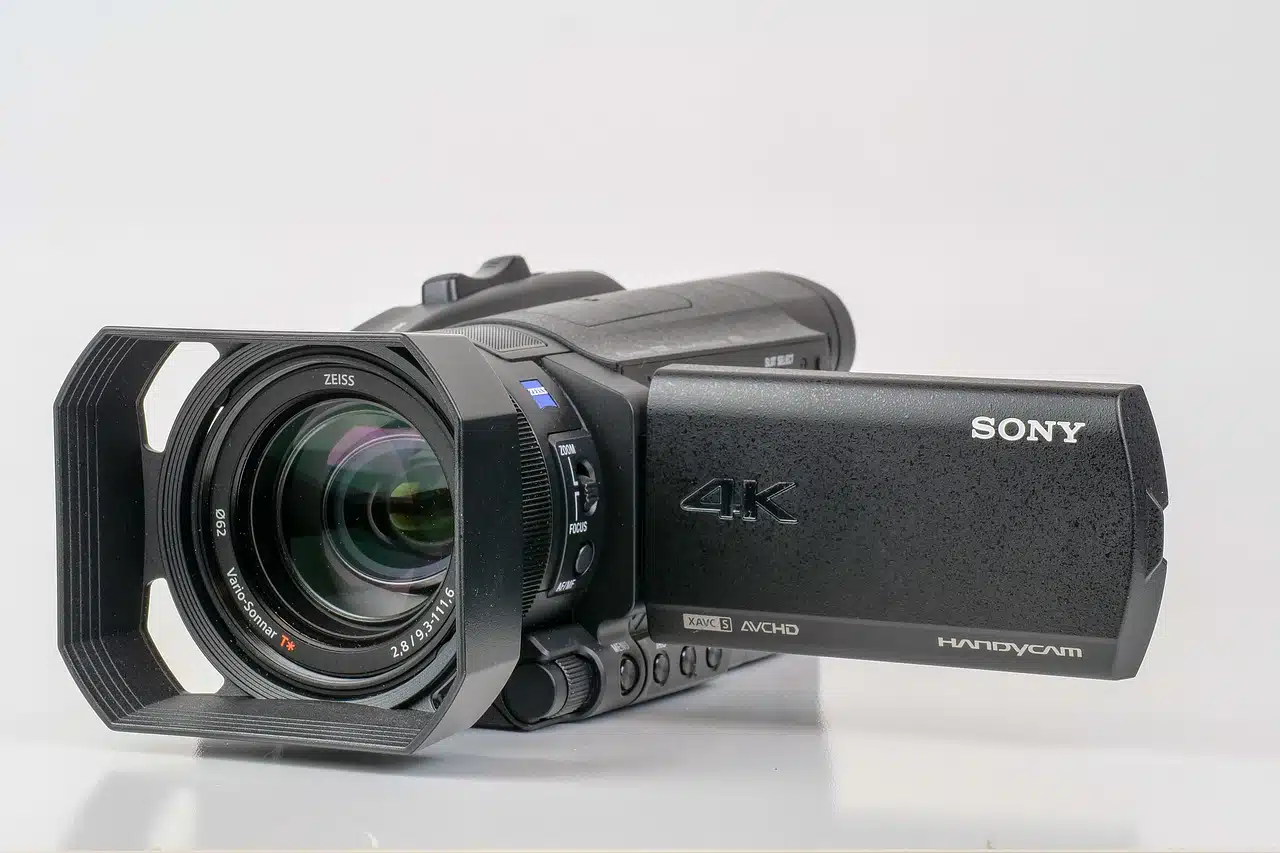
A video camera allows you to record images and sounds.
A video camera is a generally portable device that allows you to record images and sounds , converting them into electrical signals that can be reproduced by a specific device . Although it is usually written separately ( video camera ), the correct spelling thing is not to separate the components of the concept ( video camera ).
At first, camcorders or video cameras used electronic tubes as sensors and, very different from what is found today, they were composed of thermionic valves that, through scanning by a beam of electrons, allowed images to be formed with a lens system .
In the '80s , interconnected charging devices were developed, which made possible a considerable reduction in the weight and size of cameras and greater image and sound quality.
Operation of a camcorder
The operating process of video cameras begins with the decomposition of light between three components (red, green and blue) using a prism of dichroic mirrors. On the other side of the prism are the sensors , which reconstruct the image and send it back to the preamplifier circuits.
The image continues its journey towards processors that are responsible for correcting different parameters. Once the image is ready, it can be recorded or broadcast to a production system , that is, to the network of devices that make up the work environment.

Today's camcorders record in digital format.
Use on TV and at home
In the case of TV cameras, two main types can be recognized: portable ones, which are associated with a signal recording system, and studio ones, which work integrated into a production system.
Home camcorders, for their part, are intended for recording images using video tapes or digital formats such as DVD or memory cards, such as SDHC . Once the capture has been made and stored, the user can reproduce the images on a computer or by connecting the camera to the TV, depending on the possibilities offered by the product.
In recent decades, with the arrival and rise of the Internet , and more recently YouTube and social networks , camcorders have gone from being a luxury for those who showed a genuine interest in the art of filming to an almost indispensable accessory. for every individual who prides himself on belonging to the present.
In the mid-90s, webcams captivated the millions of Internet users who had already become faithful followers of the chat phenomenon; Thanks to these small and relatively inexpensive peripherals , it was finally possible to make video calls from the comfort of home.
The first versions of these peculiar descendants of conventional camcorders presented a series of weak points that would make them obsolete today: firstly, their video quality was very poor, with extremely low resolutions and number of frames per second; On the other hand, many of these models did not include a microphone . With respect to the first limitation, it is very likely that the limit on Internet connection speed available at that time (as well as its instability) weighed more than the lack of technology to improve performance.
In a short time, such devices became more sophisticated, offering options and a level of quality that would have been unimaginable just a few years earlier. However, the Internet spread to mobile phones, and that caused the largest social impact of the last decade, forcing manufacturers to incorporate as many features into their products as possible.
Phone camcorders
The camcorder is one of the most important components of a smartphone , as it allows you to make video conferences, take photos, capture videos, interact in innovative ways with applications and games, and even read QR ('quick response') codes to access to online content instantly.
Although the quality of traditional cameras is still far superior to that offered by a mobile phone , many professionals carry both types of devices, given that it is not always necessary to make a perfect capture , but rather to do it quickly and comfortably.
